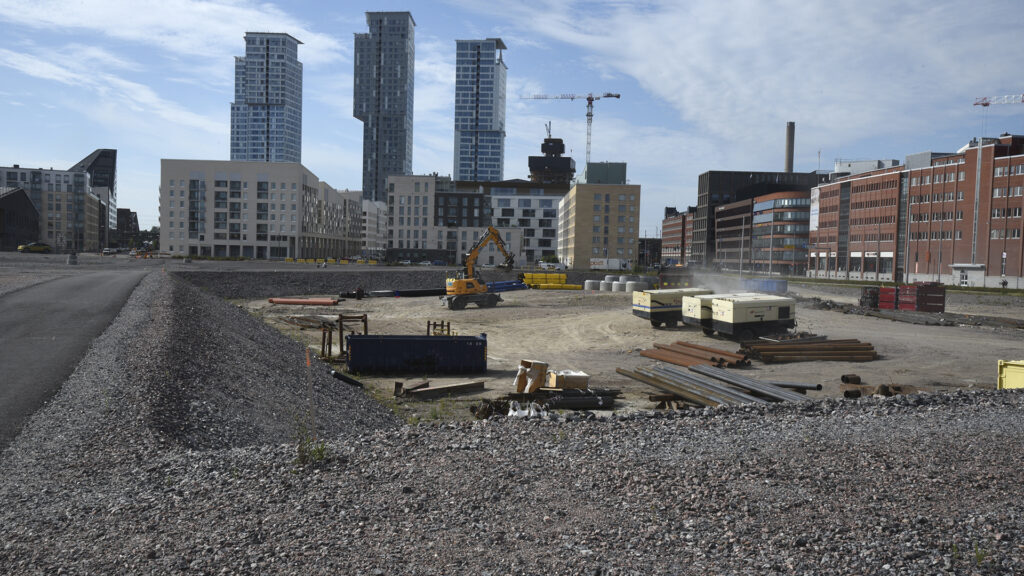Non-profit housing production has remained at a standstill and accelerated the decline in new house construction to 19 percent at the beginning of the year. Repair and infrastructure construction have also been at a standstill. The expected 4 percent growth for construction as a whole for next year comes from weak comparison figures and does not yet mean a decent turnaround.

Last year, construction shrank historically, by as much as 16 percent from the previous year. This year, the long minus will shorten to 7 percent, Rakennusteollisuus RT predicts in its autumn economic review.
In the economy, many factors important to construction have developed in a better direction. Slowing inflation and falling interest rates support consumers' purchasing power and investments.
"Unfortunately, not enough is happening in the Finnish economy from a construction point of view. The long-term disadvantages of construction are diminishing, but weak confidence in the economy and stronger growth depending on wishes do not allow for a turnaround", Chief Economist of Rakennusteollisuus RT Jouni Vihmo says.
There are signs of a recovery in housing sales, but the demand of both consumers and investors is focused on old apartments. The construction of new apartments is still behind many locks. The stock of completed new homes for sale is slowly melting, and the availability and terms of financing have tightened.
This year, Rakennusteollisuus RT estimates the starting number of new apartments to be 17. It is even slightly less than last year's level, which followed the collapse, even though state-subsidized housing production has been raised to even out the recession. The volume of residential construction will fall by a total of 000 percentage points over the course of two consecutive years.
"For next year, we only expect slow growth, because the subsidized ARA production is about to be halved without a significant recovery in freely financed housing construction. Kapula will fall and the switch from state-supported production to market-based production will not succeed," says Jouni Vihmo.
The drop in subsidized production coincides with the wrong economic cycle
"Several decisions reducing state-supported housing production will come into force. The basis for calculating the funding authority for ARA production has been a vision of a turnaround in self-financed production, which, however, has not yet materialized. Subsidized housing production is falling too low compared to the economic cycle. Its authority must be raised to a sufficient level for the years 2025–26, and decisions must be made in time", CEO of Rakennusteollisuus RT Aleksi Randell says.
Office building is suffering from the bottom of the real estate market. The public sector, such as municipalities, has kept construction going and has taken advantage of cost stabilization and free capacity.
Renovation construction, like new construction, has been weighed down since last year by the rapid rise in interest rates and costs, as well as the tight credit policy, especially outside the growth centers. The value of repair construction decreased by 5 percent last year and by 12 percent in the first half of the current year compared to the previous year. A modest growth of one percent is predicted for next year.
Civil engineering will turn to growth next year. The government's investments in road investments and maintenance, as well as investments in the energy transition, will boost the infrastructure sector.
As a whole, the recovery of construction will remain slow even in the next few years, and the production volume will be far from what we are used to. The decline in employment will continue to weaken well into next year.
Materials
- The business cycle overview with attached materials can be found here
More information
Chief Economist Jouni Vihmo, tel. 050 520 1636
CEO Aleksi Randell, tel. 0400 500 822
Director of Communications Merja Vuoripuro, tel. 040 587 2642
E-mails firstname.surname@rakenskunteollisuus.fi